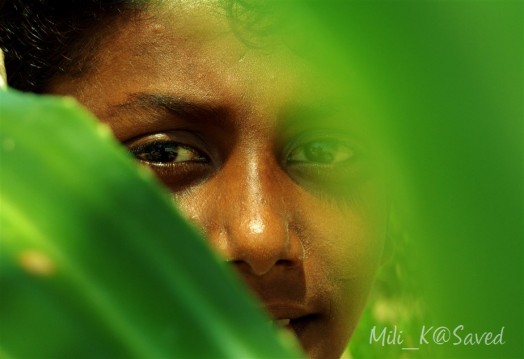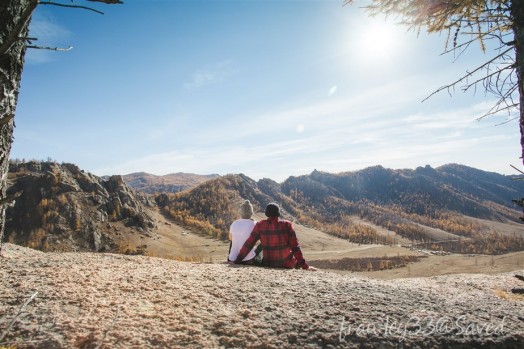Sustainability, what a #buzzword.
I was recently eating lunch with a fellow CLTLer when she looked down at her food and stared at it for a couple of seconds before announcing-“everything I’m eating from is disposable.” We’re conservation students- we bring our own coffee mugs and water bottles, shop primarily from thrift stores, and scold people for not recycling. Needless to say, eating lunch out of containers that would eventually end up in a landfill did not sit well with either of us. It did however, lead to a discussion about how large environmental conferences (like the WPC) implement Earth-friendly practices.
So I did a little sleuthing. Connecting to the WPC website showed me that event organizers took many steps towards sustainability. They hired outside event consultants that specialize in sustainable practices, specifically chose the Sydney Olympic Park because it was sustainably built and run, and created a ton of initiatives (like using only renewable energy and using water more efficiently). The website also advises delegates on best practices-check into a WPC approved hotel, carbon off-set (another #buzzword!) flights, bring a reusable coffee cup and water bottle, and turn down the swag unless you’ll actually use it.
While the WPC seems to provide an exhaustive list, there is always the argument against holding huge environmental conferences. We’re trying to talk about saving the world’s biodiversity yet thousands of people are flying across the world, arguably helping to contribute to climate change which is an underlying factor in biodiversity loss. With increasing technological advancements it seems like everyone could just connect to a google hangout and solve the world’s problems from the comfort of their own homes.
But as someone who just attempted to tune into the WPC from afar, I can tell you this is easier said than done. I struggled to follow the intricacies of such a large event no matter the number of social media outlets the IUCN ran. It’s also been mentioned that a lot of the wheeling and dealing that goes on at these conferences happens after the big presentations have ended. Networking and making connections would be a thing of the past. Not to mention the variability of access to technology that exists throughout stakeholders (another #buzzword!). There was a lot of mention of engaging local communities at this years congress and not allowing them in-person representation would certainly take away from this.
We’ll have to wait for the IUCN report on their sustainability targets from the WPC, but to me, improving conference practices seems like a way better solution than just getting rid of them all together.





